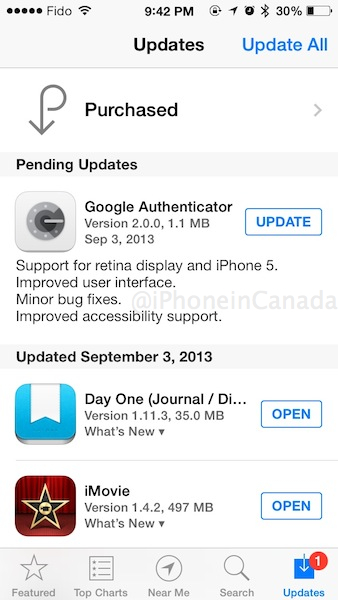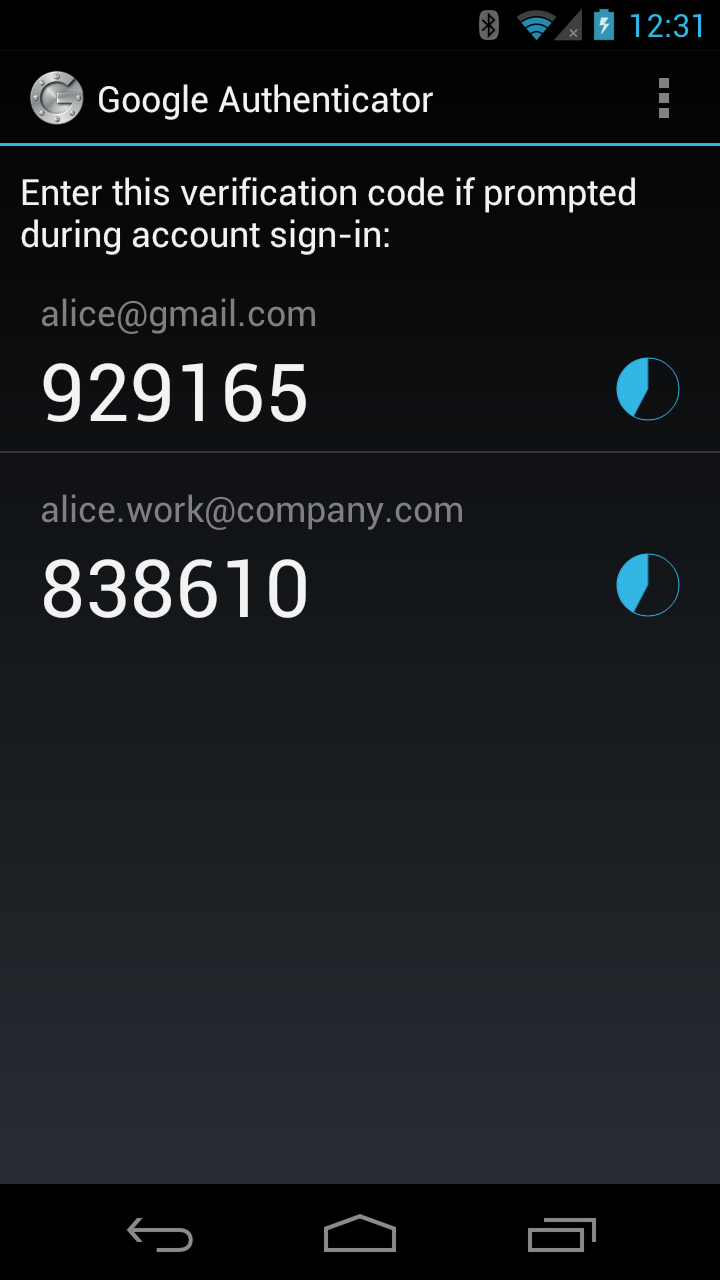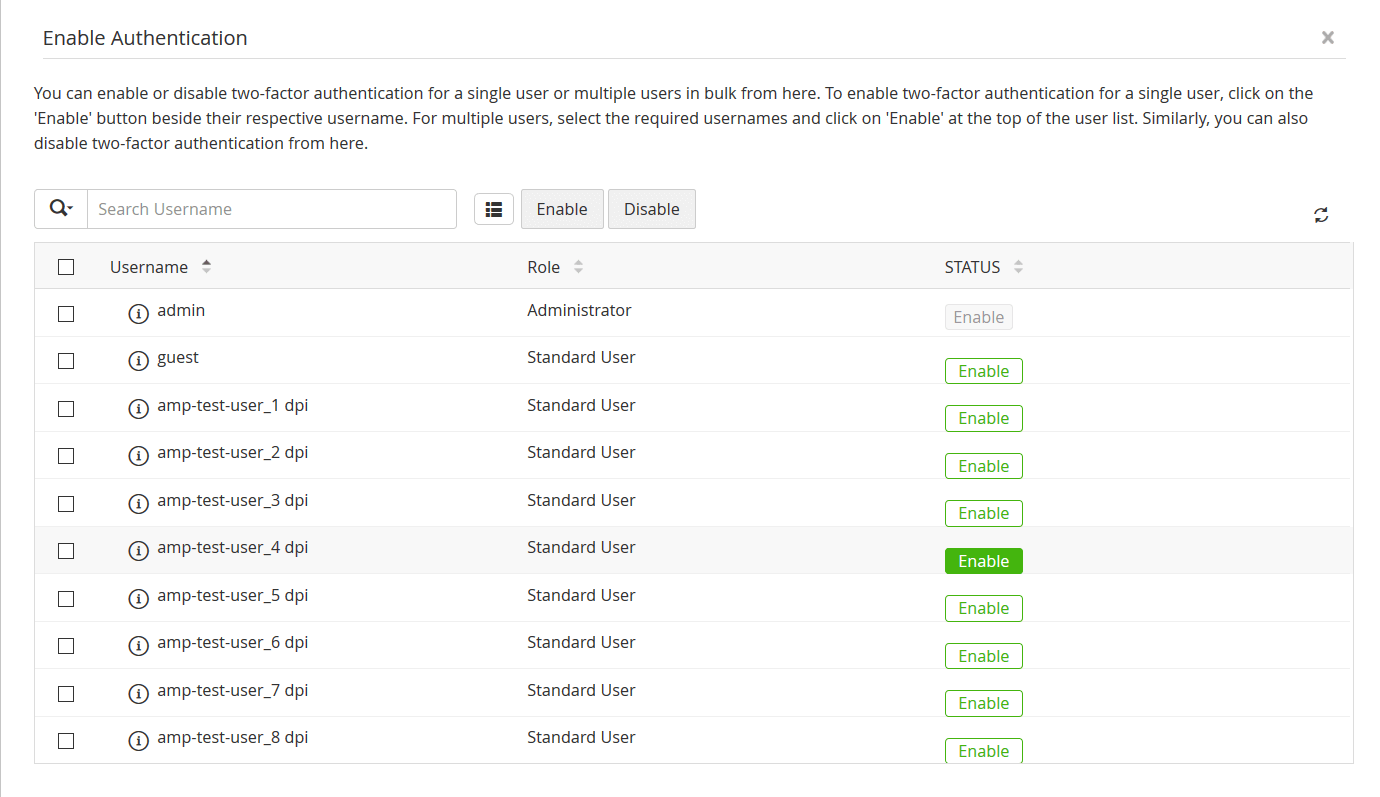

Google Authenticator is a software-based two-step verification platform that was initially released in September 2010. And the best part? It works across multiple platforms way quicker and more efficient than text or email codes. All you have to do is sign in to your account (which will ask for a 6-digit code), and the app generates the code almost immediately. And you’ll be amazed by how effortless it is to use the authenticator. The app was initially launched in June 2016 and is available in iOS and Android versions. Either way, Microsoft Authenticator is an excellent solution for reducing cyber fraud by providing an extra security layer to your devices and valuable information.

Or perhaps you may just need two-factor authentication to bolster your security posture. You may, intentionally or accidentally, come across the app when updating your Microsoft account settings or enabling 2FA. Microsoft Authenticator is Microsoft’s brainchild, and it serves as a security software-based app for two-factor authentication. But first, let’s have a basic understanding of the two authenticators. To help set them apart and determine which one is more superior to the other, we’ll lock them head-on on multiple accounts by expounding on their shared and dissimilar features. In this in-depth article, we’ll focus on two of the market’s most popular authenticators – Microsoft and Google authenticators. Thankfully, different apps have varying features and capabilities, which you can compare and contrast to go with the most endowed one.

Today, the market is full of tons of 2FA authenticator apps, such that choosing the best option can be a tough decision.

It is one of the best-proven ways of reducing cybersecurity breaches by providing an additional layer of security in the form of identification, preventing hackers from gaining access to your endpoint devices or sensitive data.


 0 kommentar(er)
0 kommentar(er)
